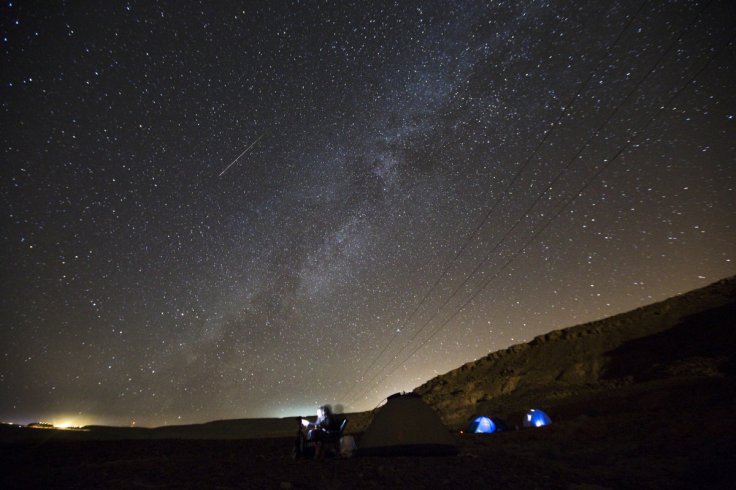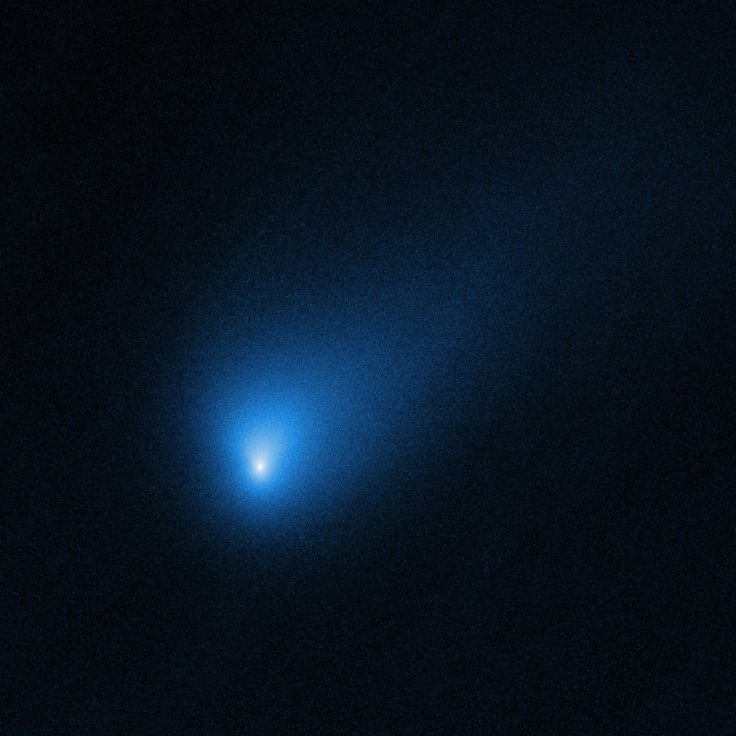While reading about a famous comet, or a newly discovered one, many wonder how they got the names sounding more like humans. While planets and other celestial objects derive their names from mythical figures and creatures, it is different for comets. The naming of a comet is not an easy task and more difficult than naming a planet.
How are comets named?
It's the global body International Astronomical Union (IAU) based in Paris that keeps track of celestial bodies and their naming procedures. Once decided by the IAU, the Central Bureau for Astronomical Telegrams (CBAT) announces the name of a comet after its discovery and confirmation.
It does so in its publications such as the IAU Circulars, and the CBETs. During the announcement, it is assigned a designation that relates to the year of its discovery. It also assigned a name, which usually is that of the person/s or the observational program credited for its discovery.

However, naming the comet can take a very long time sometimes, as the debate and deliberation within the IAU Committee on Small Bodies Nomenclature—the 16-member committee that advises CBAT on naming comets—could rage on for a while.
The assumption, that all comets derive their names for their discoverers is not a thumb rule. Comets that have been discovered long ago, were named after astronomers who monitored their orbits and showed through their observations that the 'apparitions'—the appearance of a comet—where actually those that have already been discovered.
Lack of precise information in the past has led to some being incorrectly named. Interestingly, for comets that are not named after people, they may have been 'labelled' after the spacecraft that discovered them.
Some famous comets
A few comets have managed to stay in mainstream memory longer than others. Here are some:
Halley's Comet
Named after British astronomer Edmund Halley, it is perhaps the most famous one ever. The astronomer is credited with calculating its orbit and determining that the comets seen in 1531, 1607 and 1682 were the same comet. It is 5 miles wide and 10 miles long and has a 76-year-orbit.
Halley's comet travels around the Sun in an elongated orbit. It means a human can see this not more than once in his or her lifetime. Before his death in 1742, Halley predicted that the comet would return in 1758, and he was proven correct 18 years later. Recently, the comet was seen in 1986 and it is set to return in 2061.
Shoemaker-Levy 9
It was discovered by astronomers Carolyn and Eugene Shoemaker, and David Levy in 1993. In 1992, it famously shattered into over 20 pieces in 1992 due to the effect of Jupiter's gravity on it. It made impact with the gargantuan planet between July 16 and July 22, 1994. One fragment in particular—that was 3km wide— yielded an explosion equivalent to 6 million megatonnes of TNT upon impact. A plume that reached 13,700 miles above the cloud tops is said to have been the result.
Interstellar objects
While numerous comets from within our solar system have been discovered, only one from outside ours has been stumbled upon.
Oumuamua

The first discovered interstellar object was the cigar-shaped object and the remnant of a comet. It was discovered by Robert Weryk on October 19, 2017 using the Pan-STARRS telescope at Haleakala Observatory in Hawaii. Oumuamua means a 'scout' or 'messenger from afar, arriving first', in Hawaiian local language. The object, also known as 1I/2017 U1, is estimated to be between 100 and 1,000 meters in length, while its width and thickness are estimated to be between 35 and 167 meters. By the time it was discovered it was zooming out of our solar system at 110,000 mph.
2I/Borisov

It is the second interstellar object, and the first interstellar comet to be discovered from outside our solar system. The comet was discovered by Crimean amateur astronomer Gennady Borisov on August 30, 2019. Whizzing through space at a speed of 100,000 mph, the sun's gravity had little effect on the object's speed. NASA's Hubble telescope captured an image of the comet on November 16, 2019 when it was 203 million miles from Earth. Hubble then captured another picture on December 9, 2019, at a distance of 185 million miles from Earth.









